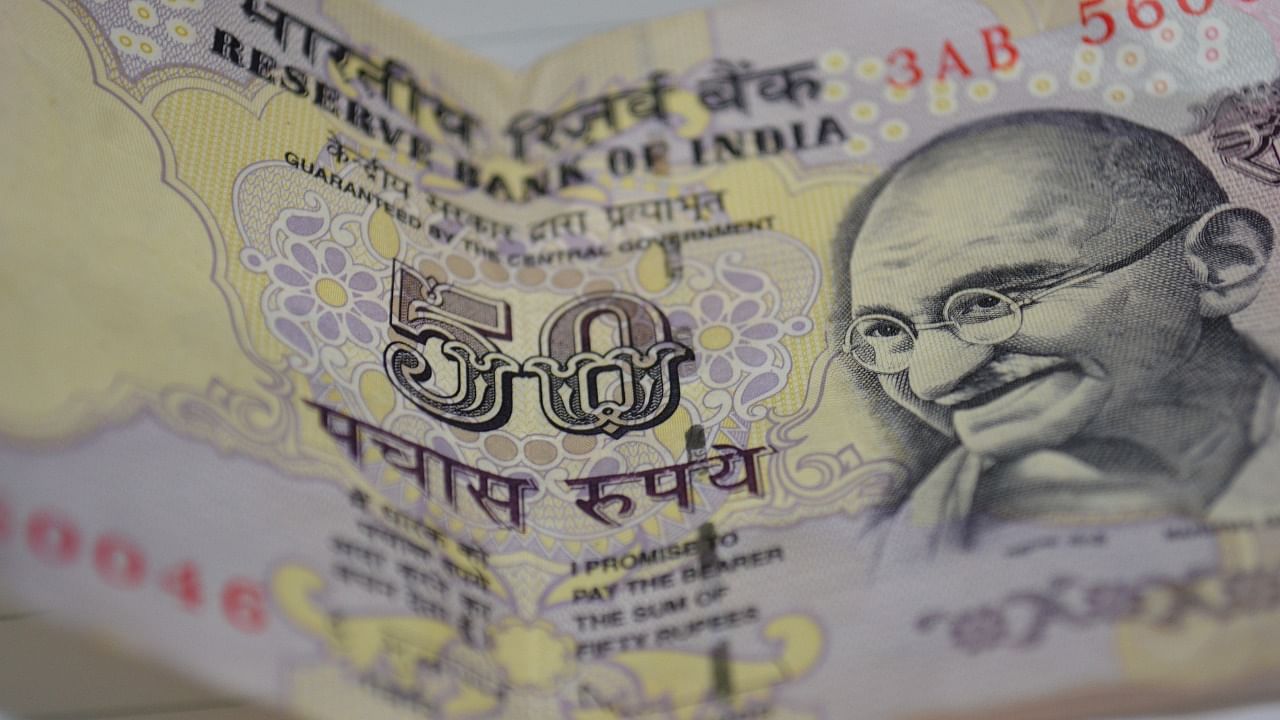

Internationalisation of the rupee is an issue that has been in discussion for the past few years. The Reserve Bank of India in its 2021 Report on Currency and Finance touched upon this issue, expressing confidence that the “emergence of INR (Indian Rupee) as an international currency appears inevitable”. The report had argued that “greater internationalisation of the INR can lower transaction costs of cross-border trade and investment operations by mitigating exchange rate risk”.
The issue of using the rupee for trade settlement was mainstreamed following Russia’s invasion of Ukraine last year. The trigger was the removal of seven Russian banks from Swift, the global financial artery that allows smooth transfer of funds across borders. The action was an important component of the economic sanctions the United States and the other western nations imposed on Russia. With India increasing its import dependence on the discounted oil being offered by Russia, the realistic option for the government was to revert back to the Soviet era rupee-rouble trade arrangement.
Also Read | Rupee goes global
In July 2022, the RBI issued a circular allowing trade settlement in rupees. Moreover, for settling trade transactions with any country, the authorised dealer (AD) bank in India was allowed to open Special Rupee Vostro Accounts (SVRAs) of the correspondent bank(s) of the partner trading country. These arrangements were endorsed by the Foreign Trade Policy 2023 that allowed export proceeds realised in rupees to avail of the benefits and incentives in fulfilment of export obligations.
The government extended the scope of trade settlement in rupees on account of the steep depreciation of the currency in the second half of 2022. Two factors caused the currency to depreciate. The first was the rising trade deficit as imports increased rapidly as the Indian economy began to recover from the pandemic-induced downturn. The second was the withdrawal of foreign portfolio investment in the wake of the US Federal Reserve resorting to quantitative tightening after many years of quantitative easing.
Following these developments, the government took rapid steps to move the process of internationalisation of the Rupee forward. The Union Minister of State for Finance Bhagwat Kishanrao Karad informed the Rajya Sabha in early March that the RBI has permitted banks from 18 countries to open SVRAs for settling payments in Indian rupees. Approval was granted to domestic and foreign AD Banks in 60 cases for opening SRVAs of banks from 18 nations, including Botswana, Fiji, Germany, Guyana, Israel, Kenya, Malaysia, Mauritius, Myanmar, New Zealand, Oman, Russia, Seychelles, Singapore, Sri Lanka, Tanzania, Uganda and the United Kingdom. The rupee trade arrangement with Malaysia was operationalised in early April with India International Bank of Malaysia opening a SVRA through the Union Bank of India – its corresponding bank in India.
Despite these fast-moving developments, internationalisation of the rupee could face several imponderables. First, India’s rupee trading arrangements with Russia have not yet been finalised even after a year-long engagement between the two partner countries on this issue. A key factor could be the large trade deficit that India has vis-a-vis Russia, which implies that the latter would be saddled with large rupee balances. This was one of the key sticking points in the erstwhile rupee-rouble trade. Russia had in fact taken more than a decade and a half to liquidate its rupee balances. Similar problems could also arise in the case of Malaysia, because of India’s large trade deficit.
A second problem in this regard is that internationalisation of a currency could make simultaneous pursuit of exchange rate stability and a domestically oriented monetary policy challenging, unless it is supported by large and deep domestic financial markets that could effectively absorb external shocks.
(The writer is a former professor of the Jawaharlal Nehru University and the vice president of the Council for Social Development, New Delhi.)